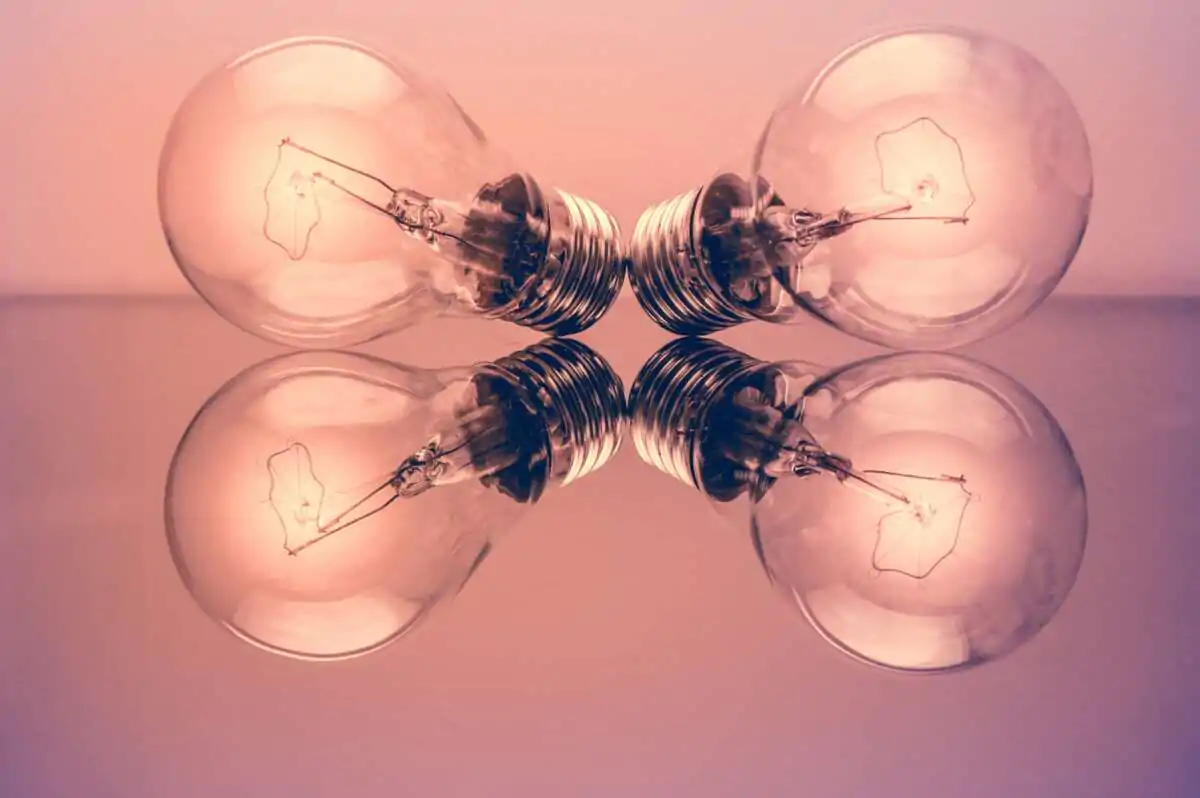Hello, young learners! Welcome back to Primary 1 Basic Science Technology. In our previous lesson, we learned about Things That Use Energy. Today, we’re going to learn about Light Energy.
Objectives
By the end of this lesson, you should be able to:
- Define light energy.
- Demonstrate curiosity and interest in exploring how light energy is part of their everyday life.
- Identify sources of light energy in their surroundings.
- Share personal experiences where light energy plays a crucial role in their daily activities.
Light Energy
What is Light Energy?
Light energy is a form of energy that allows us to see things. It moves in straight lines and can be reflected, transmitted, and absorbed. In simpler terms, Light energy is a type of energy that we can see.
The sun is a major source of light energy, and it gives us the light we need during the day. But there are also other sources of light, like lamps, flashlights, and even fireflies.
How Light Energy Works
Light energy travels in straight lines. This is why we can see objects when light from a source shines on them. When light hits an object, it can be:
- Reflected: When light bounces off an object, it’s called reflection. This is how we see ourselves in a mirror. Objects that reflect light are called Reflective Objects.
- Absorbed: When light is taken in by an object, it’s called absorption. This is why dark objects absorb more light than light objects. Objects that absorb lights are called Opaque Objects (Not transparent).
- Transmitted: When light passes through an object, it’s called transmission. This is how we can see through a window. Objects that transmit light are called Transparent Objects.
Evaluation Questions
Now that you’ve learned about light energy, let’s see if you can answer these questions:
- What is light energy?
- How does light energy help us see things?
- What happens when light hits an object?
Conclusions or Summary
Light energy is a fascinating and important part of our world. It helps us see, grow plants, and even powers technology. Remember that light travels in straight lines and can be reflected, absorbed, or transmitted. Keep exploring the world around you and you’ll discover more amazing things about light energy! Don’t forget to check the comments section if you have any questions, and use the navigation to move to the next lesson. See you in the next lesson!









